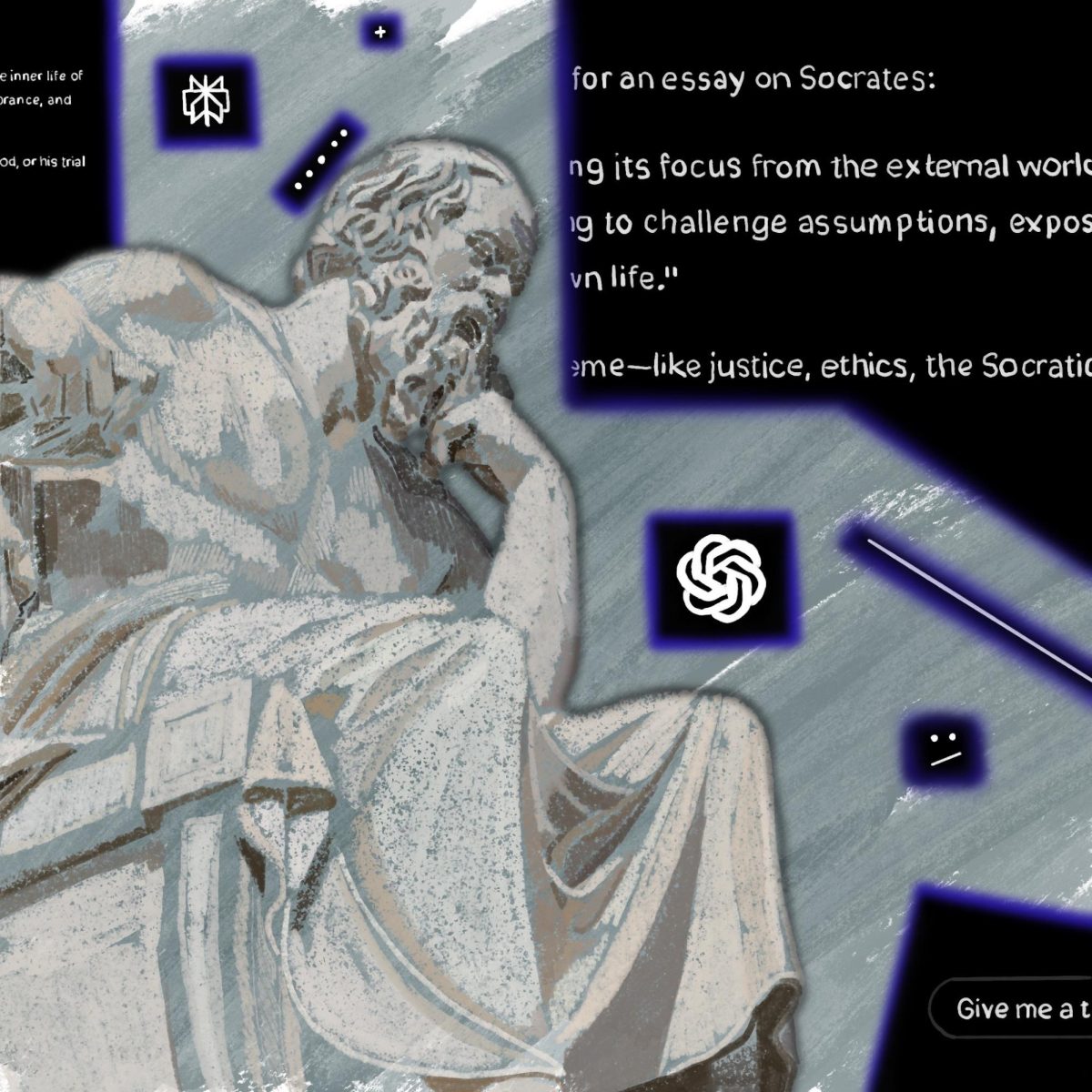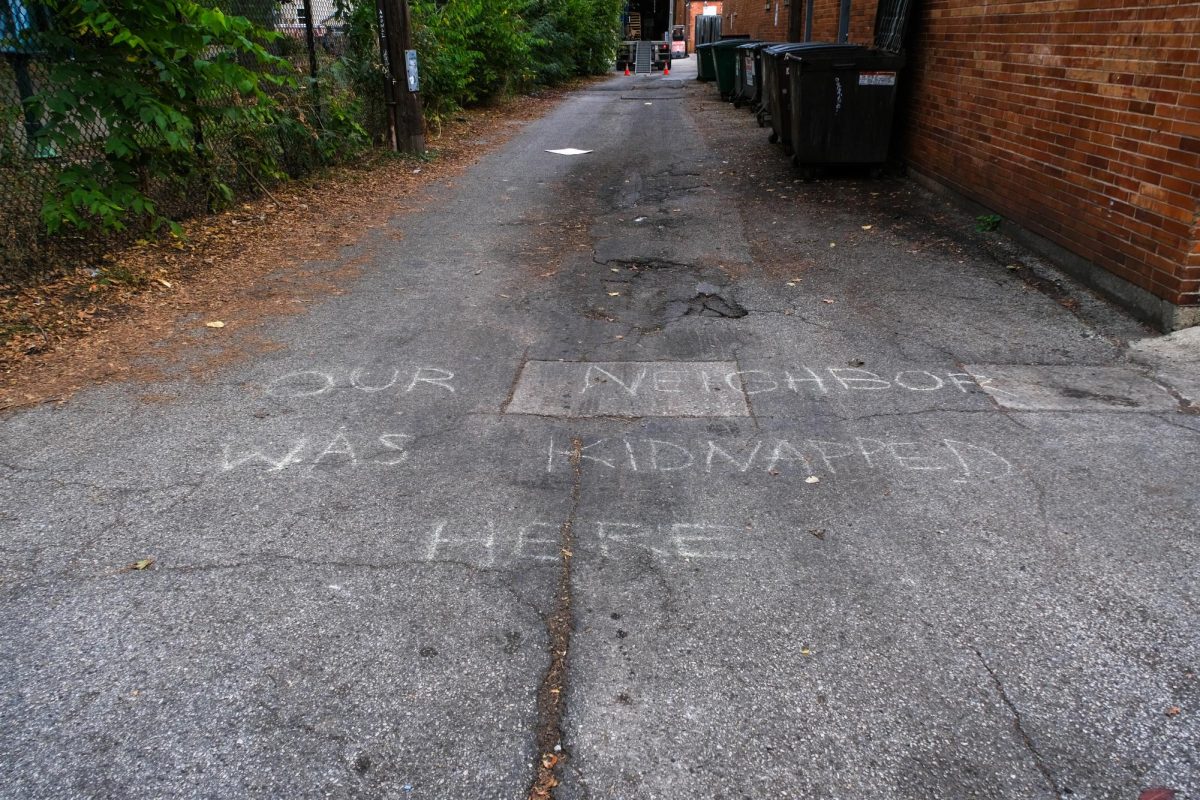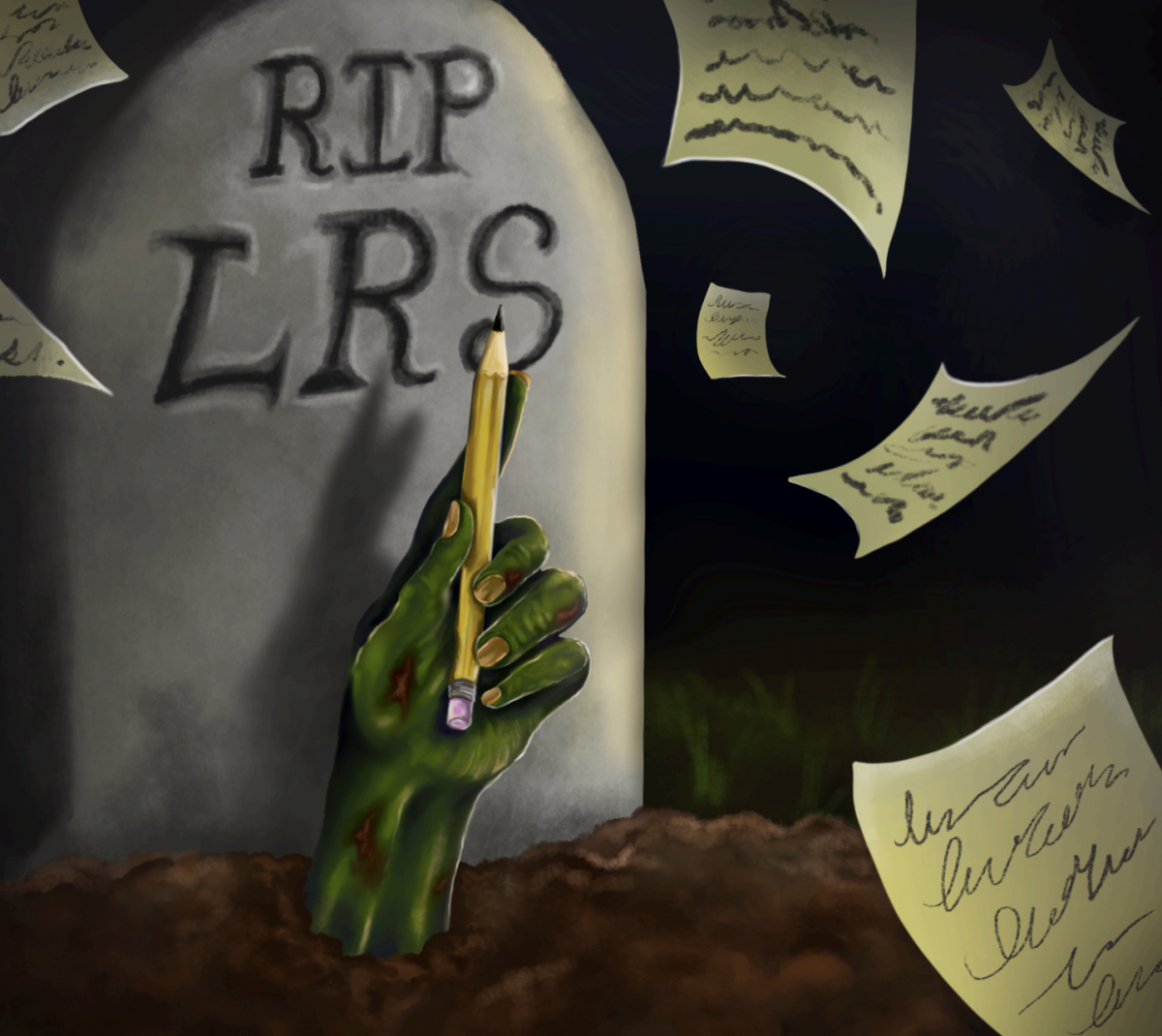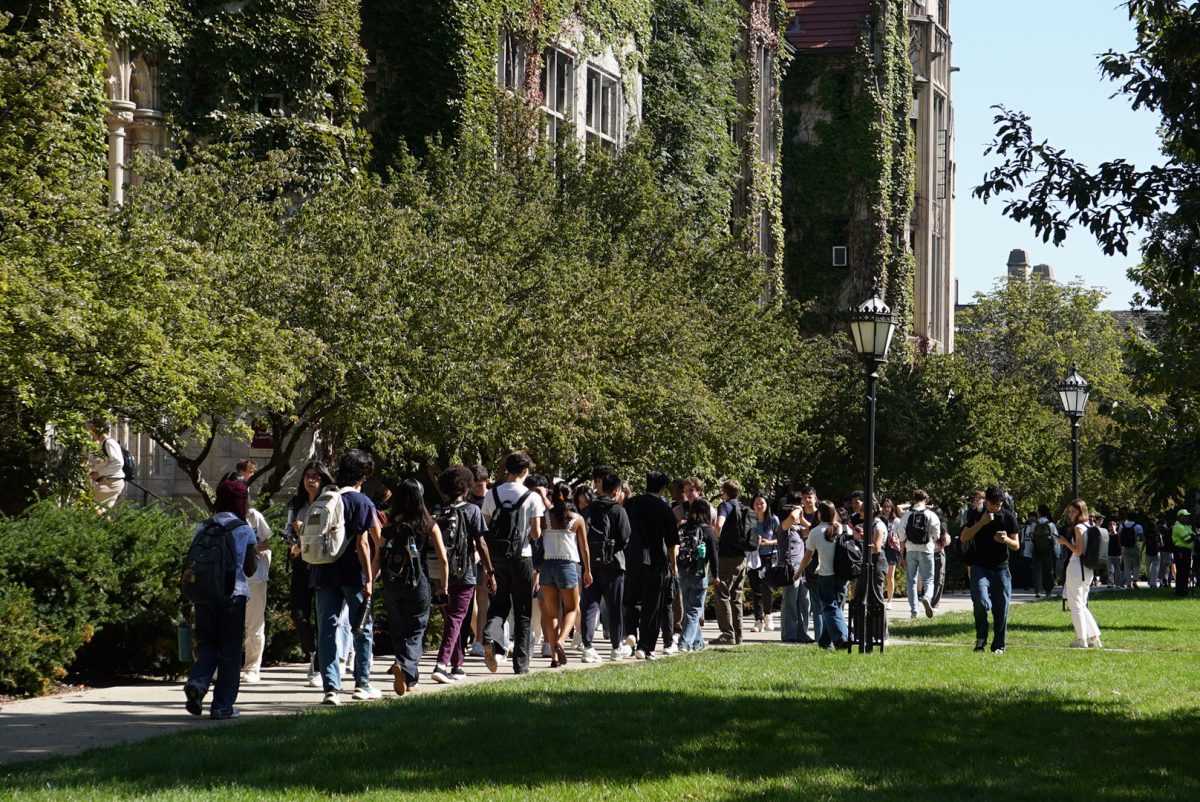It’s no secret that President Trump has been wielding U.S. Immigration and Customs Enforcement (ICE) like a weapon, using presidential power to enforce ideology through fear. The Trump administration’s renewed immigration crackdown, couched in rhetoric of border safety and criminal aliens, has revived a very similar machinery of surveillance and intimidation to that used past authoritarian regimes. Its nasty tendrils have spread all across the city and have unfortunately made their way onto our campus. The ICE crackdown is not an immigration issue; it’s a case study in the dissolution of democracy, and Chicago has been experiencing it firsthand.
On September 8, ICE started its “Operation Midway Blitz,” targeting “criminal illegal aliens who flocked to Chicago.” Not four days later, ICE agents conducted a vehicle stop in Franklin Park, a Chicago suburb, and fatally shot Silverio Villegas González during what the agency described as “targeted law enforcement activity”. González was a father of two and the first casualty of Chicago’s ICE crackdown. Beyond resulting in the tragic loss of life, this incident signals the unpredictability of enforcement. What begins as a traffic stop can end in tragedy, as we have so often seen with Black drivers across the United States, where a simple stop can escalate into violence or death. This pattern of racialized policing is only compounded by ICE. The agency operates at the intersection of race, citizenship, and criminalization, expanding the same traffic stop logic that has long endangered Black Americans to anyone perceived as “foreign,” now with the blessing of the Supreme Court. What makes this overlap so dangerous is how it mirrors the very structure of a police state: diffuse authority, overlapping enforcement, and constant uncertainty about who holds power. That ambiguity is another tenet of a police state: control without clarity and power without accountability.
This past month, a large Department of Homeland Security (DHS) and ICE raid through a South Shore Chicago apartment building, leading to the arrest of 37 people. Besides the lack of human decency, as residents were pulled out of their beds overnight—some residents undressed, children separated from parents, and U.S. citizens zip-tied alongside undocumented immigrants—the spectacle was unmistakable, complete with flashbang grenades and helicopters. This area-wide sweep essentially acted as a collective punishment for all living there, leading to collateral arrests and blanket fear within the community. The Ministry for State Security (Stasi) in East Germany . What connects the South Shore raid to the traditions of police states is not simply the people arrested; it’s that these agents entered their homes as an occupying force, treated people indiscriminately as subjects of suspicion, and turned the apartment building into a stage of dominance.
My online algorithms seem to think that I am a Spanish speaker, pushing me more and more ads in Spanish. Recently, though, I was served an ad with Secretary of Homeland Security Kristi Noem telling me I should self-deport rather than face the consequences of ICE raids and deportation. What struck me wasn’t just the ad itself but how easily the language of state power had crept into my personal feed. In classic police states, control depends on visibility, being tracked, and being reminded that the government knows who you are. Without the Big Brother poster staring down at you, how do you know that you are being watched? The state no longer needs propaganda murals or uniformed patrols to remind you of its reach; it has algorithms, data brokers, and tech firms that do the work invisibly.
Behind much of that infrastructure sits companies like Palantir, whose software quietly powers ICE’s ability to track, target, and detain. In 2019, Vice reported on one of the largest immigration raids at the time and found out that Palantir’s FALCON Tipline, a tool used by the DHS, was used to methodically plan the raids. Technology like this allows the government to watch without being seen and to predict rather than respond. That’s the essence of a police state: not just punishing disobedience but also anticipating it. Just earlier this year, the federal government introduced a new database system called ImmigrationOS with the help of a $30 million contract from, once again, Palantir. The platform links Department of Motor Vehicles files, license plate scans, utilities, and more into dashboards used by Enforcement and Removal Operations. This is the machine that helps them target whoever they like, with the added benefit of scale and invisibility. By linking together data trails from everyday life, ICE can have the ability to make entire communities legible to the state. In East Germany, that legibility came through the Stasi’s informant networks; today it comes through algorithms. The difference is scale. What once required thousands of human spies can now be achieved with a few lines of code.
In a recent article in the Maroon, it was revealed that Housing & Residence Life directed resident heads and resident assistants to call the University of Chicago Police Department (UCPD) if any federal immigration enforcement enters a UChicago dorm. On paper (email), that policy offers some reassurance for students whose ethnicity or accent might implicate them. But how do we know ICE would stop for UCPD? The agency has already shown it can operate with impunity, entering homes without judicial warrants and escalating routine encounters into violence. While there is no precedent for agents entering actual college dorms, there . The boundary between public safety and state power is dissolving fast, and once that line is gone, fear and surveillance are no longer things of the past and become our reality.
Adam Zaidi is a second-year in the college.















